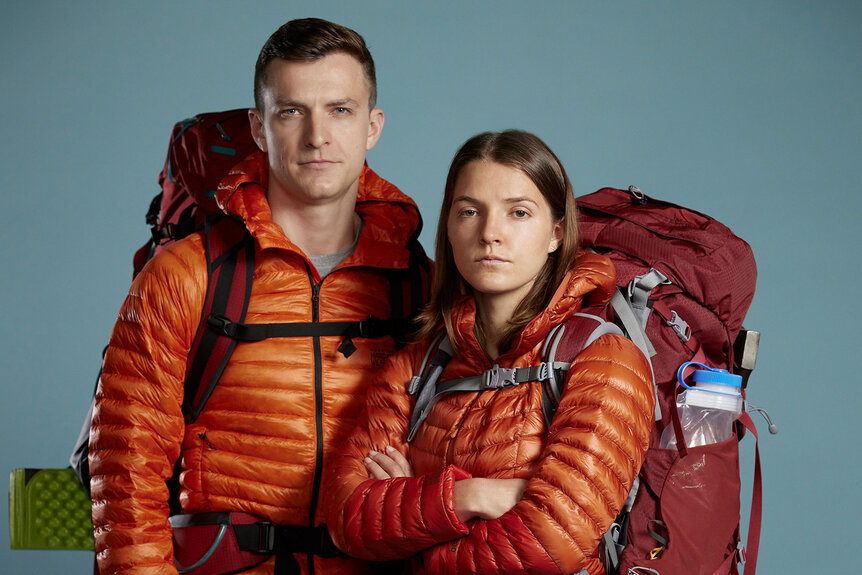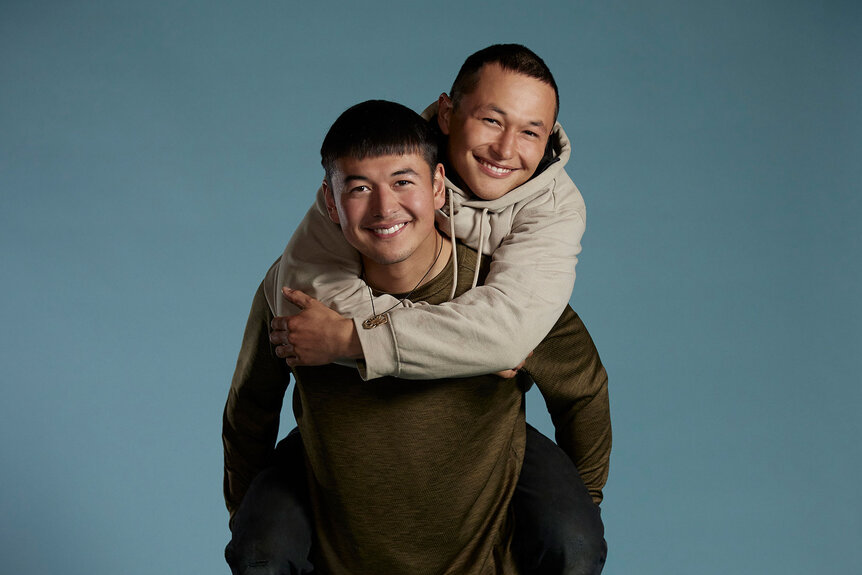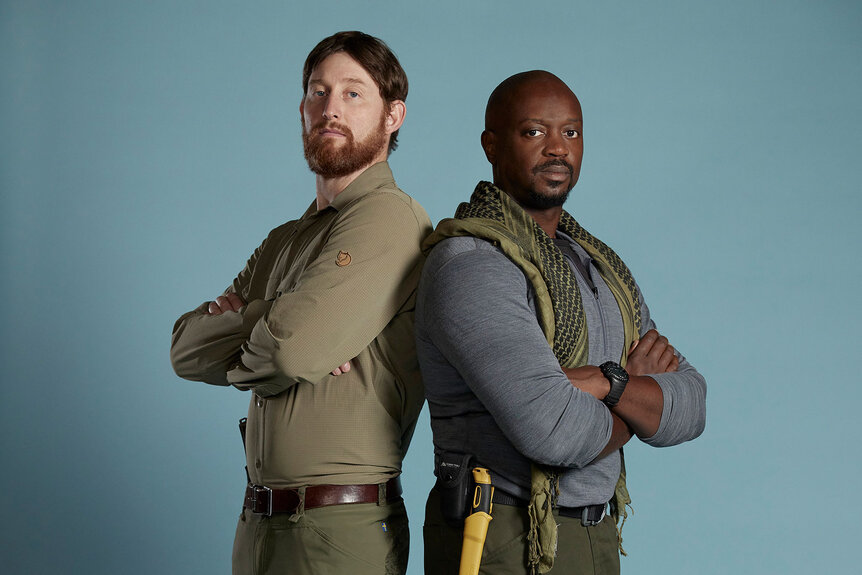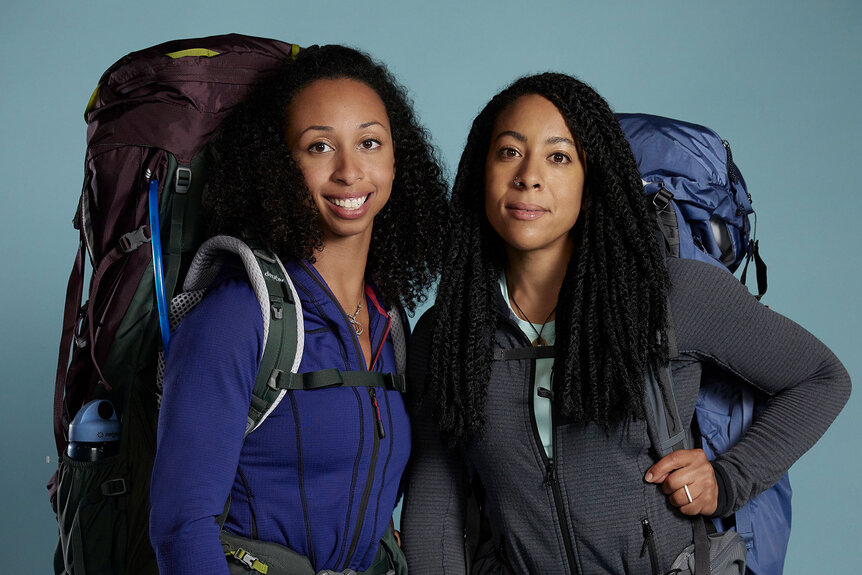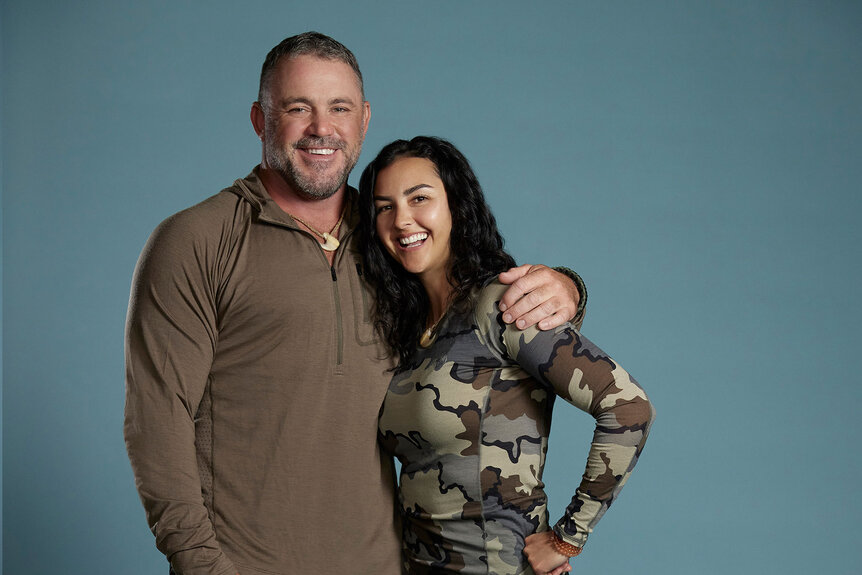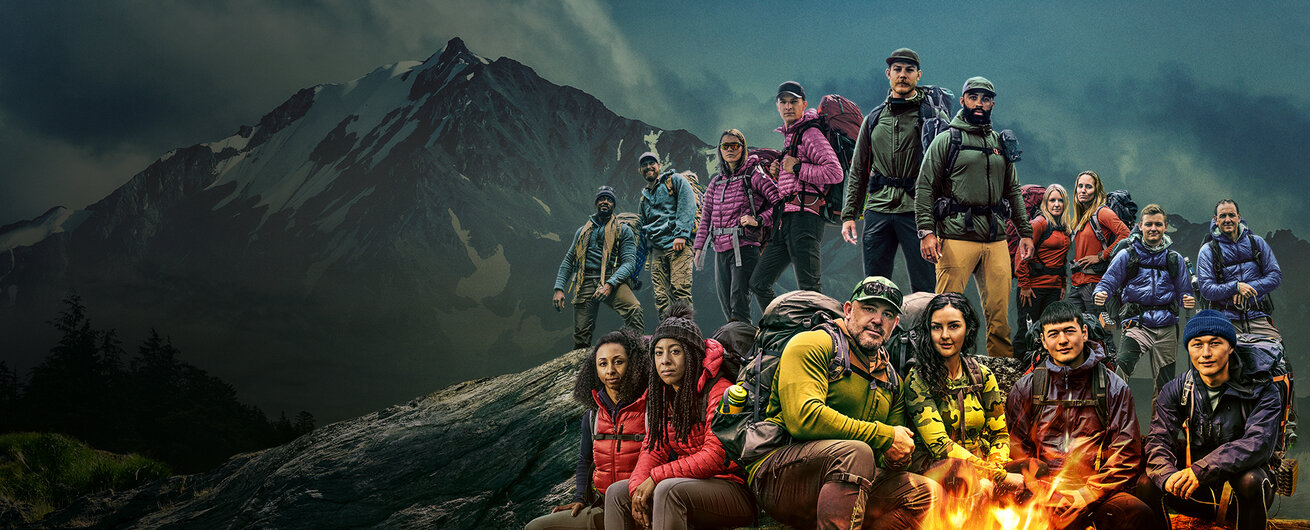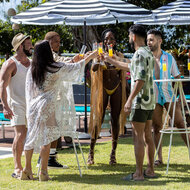Create a free profile to get unlimited access to exclusive show news, updates, and more!
What Motivates the 'Race to Survive: Alaska' Teams?
"Race To Survive: Alaska" promises to be one of the toughest competitions to complete. So what keeps each team member going beyond the cash prize?
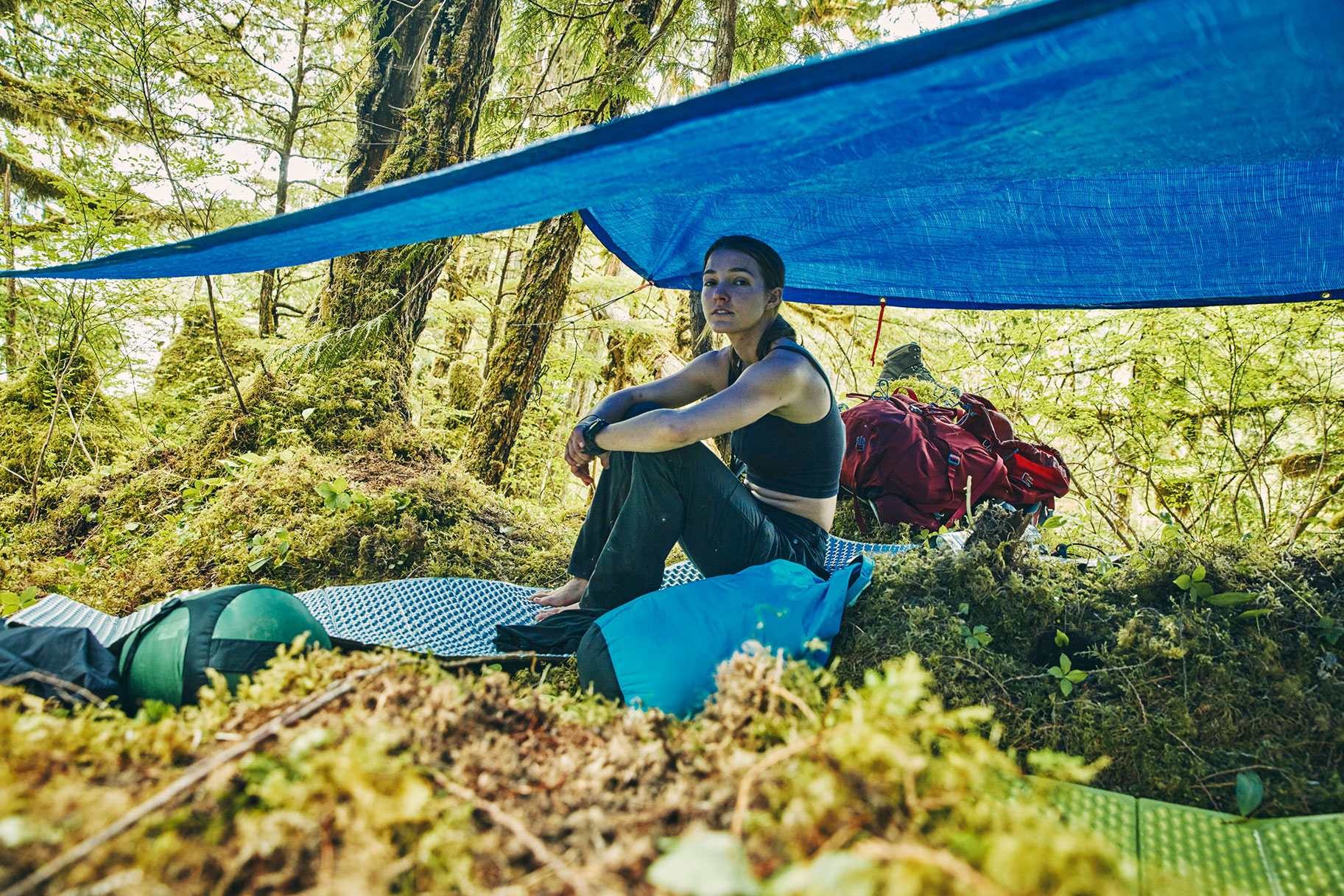
“Race to Survive: Alaska” takes eight teams of survival experts and pits them against each other in a lengthy adventure race designed to test the mettle of any human being, regardless of their skills. So, what pushes them through and motivates them each to continue when quitting would be so easy?
At the end of the competition, one team will be awarded the winning prize of $500,000. Obviously, that’s a life-changing amount of money to anyone. However, when sitting in the mud with an empty stomach and nothing but more treacherous terrain ahead of you for weeks, suddenly $500,000 can seem like pennies.
Following the super-sized premiere episode of “Race To Survive: Alaska,” some of the teams broke down their motivation for even coming on this grand adventure beyond money. To help keep track as the race gets more and more difficult for them, below is a rundown of just some of the teams’ motivations for joining the show that were outlined in Episode 1.
Bella and Cason
These siblings may live in Brooklyn, New York where survival skills like this aren’t a daily necessity, but they both grew up in a family that thrived on adventure. So, they’re no strangers to surviving in the wilderness and pushing themselves to go that much further.
Cason, for example, scaled the seven summits at 19 and is proud to be the first person to plant the LGBTQ+ Pride Flag at all of them. Together, they hope to make not only their families proud, but themselves by showing the world what people with their background are capable of.
Jeff and Hunter
This father and son duo has been doing adventure races like this all their lives. Hunter first went out with his dad, who has a company dedicated to crafting similar adventure races, when he was just six years old. Like the siblings, they’re out here hoping to show the world what their family is capable of. However, they’re currently undergoing a change in their power dynamic.
Jeff is older and somewhat retired from the adventure racing game. Meanwhile, Hunter is in his prime and has broken records as a solo adventurer. What this means is he may have some stuff to teach his dad, which is a new thing for them as he spent his life prior to “Race to Survive: Alaska” following him. So Hunter has a lot to prove to the world, himself, and his father.
Wilson and Oliver
These younger Inupiaq brothers from Nome, Alaska are hoping to show the world what the home-field advantage can do for them. They boast in the first episode that their greatest superpower in this competition is the ability to withstand discomfort for longer periods of time than their competition.
Indeed, they not only hail from the state’s harsh wilderness, but they work and recreate within it too. Not only do they seek out adventures like long races and survival experiences, but they work as fishermen and gold divers. Everything they have stems from their connection to the Alaskan wilderness and they’re hoping to show that it’s enough to put them ahead of everyone else.
Max and Christian
These two consider themselves trailblazers in every sense of the word. They initially bonded over their love of extreme sports like snowboarding but soon found they had a bond that went greater. They both do all things mountaineering including sports, survival, and finding their way with only a map and their wits.
Christian, for example, notes in the premiere that his father was a land surveyor, so whipping out a compass and charting a path from point A to point B is in his blood. Max, meanwhile, wants to show the world what someone with proper training, intelligence, and strength can get done, even in the face of extreme pressure and competition.
Hakim and Justice
These two are constantly hyping their martial arts expertise and training as well as their survivalist mentality. They’re prepared more than anyone for the human element of this competition and hope to show the world what someone with their background in martial arts discipline can do. The question is whether they’ll inspire others or find themselves at odds with everyone, including themselves.
Favia and Genevive
These two professional climbers are motivated by their desire to show that there is a place for Black women in adventure racing. They’ve both spent their lives shattering athletic records and proving they’re physically capable of being spoken about in the same breath as the best of the best.
This is especially true for Favia, who is a cancer survivor. She notes in the premiere how difficult it was to go from being a division 1 athlete and rock climber to essentially being bedridden while she underwent treatment. Since then, she’s made a near-miraculous recovery and doesn’t want to have any regrets should her body give out on her again someday. So, with each step she takes in the race, she’s motivated by showing what she can do and experiencing something new.
Brett and Esther
This couple has a lot on the line when it comes to getting through the race. Esther is a mom who wants to show her kids what she’s capable of as well as what her background as a native Alaskan has prepared her for. She’s made of strong stuff and wants her kids to see they’re made of it too.
Meanwhile, she and Brett are in a new relationship following their respective divorces. They’re putting their bond to the ultimate test. Although their time was cut short in the premiere, they came to the race motivated to see just how much of a commitment there was between them. In a way, they did just that.
Catch more “Race to Survive: Alaska” on USA Network every Monday and catch more survival shows on Peacock.
